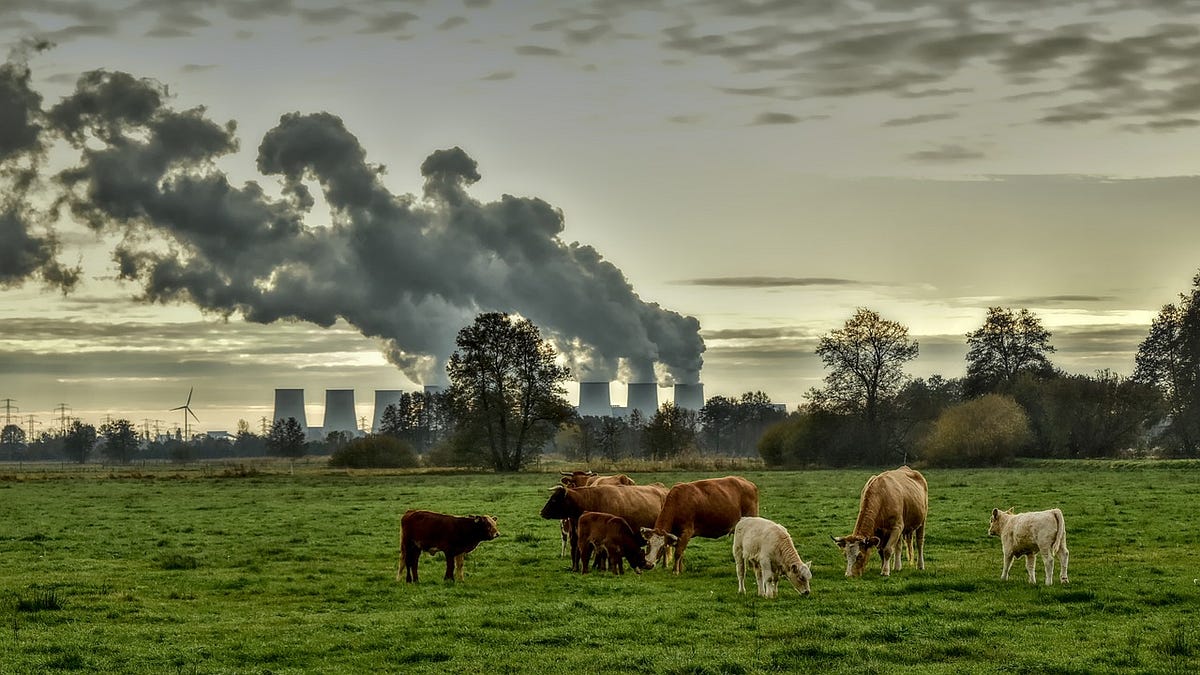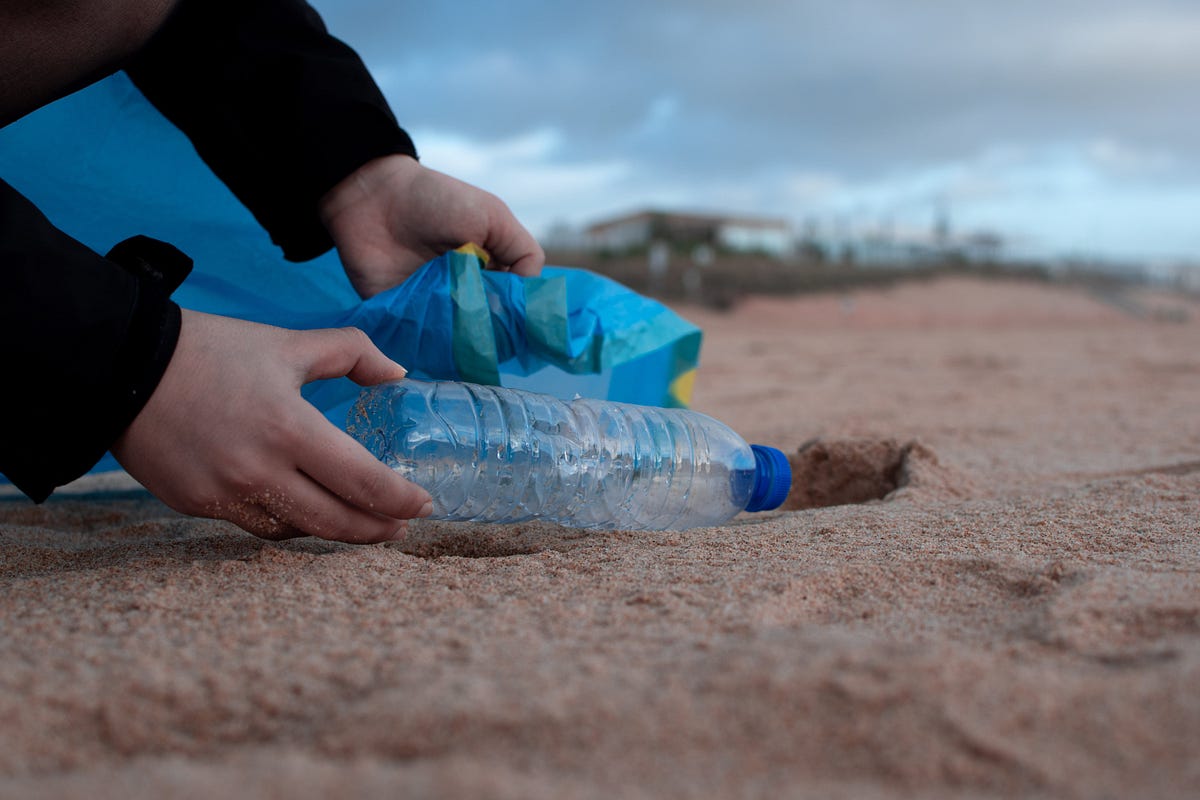
Thursday, November 30, 2023
Thursday, November 16, 2023
Wednesday, November 15, 2023
Deforestation in the Amazon Rainforest
A June 2020 Discovery.com article reported that 31.5 million acres of rainforest will disappear in a year if deforestation continues at one acre per second. In addition to removing trees that absorb carbon dioxide emissions, clearing the forest adds carbon dioxide emissions, with deforestation causing 15 percent of global carbon dioxide emissions. In the Amazon rainforest, deforestation also impacts plant, animal, and human life.
The Amazon rainforest covers 2.1 million square miles of protected zones and 40 percent of South America, making it the world’s largest tropical rainforest. This area was once known as the “lungs of the planet.” Today, deforestation and forest fires threaten the Amazon rainforest.
Nearly 20 percent of the Amazon rainforest is gone because of deforestation, and much of it is related to human activity and forest fires, according to an October 2023 article from Vox, an online news magazine. The same year, research revealed the rate of deforestation was four times higher than in January 2018 based on images taken from the National Institute for Space Research satellite system DETER. The photos showed that approximately 870.3 square miles of the rainforest had been cleared in one year.
Deforestation in the Amazon rainforest is related to soya and livestock farming, road construction, hydroelectric dams, mining, and forest fires. In addition to its biodiversity, the Amazon rainforest is known for its rich resources, namely gold, manganese, copper, tantalum, iron ore, and nickel, so mining is a significant factor in deforestation. The Amazon rainforest experienced most of the nearly 73,000 forest fires in Brazil between January and August 2019, the most since 2013.
Deforestation of the Amazon threatens to harm the biodiversity of the rainforest. The Amazon stretches across nine countries, with most of it in Brazil. More importantly, 25 percent of the species on Earth live in this rainforest, which is home to 1,500 birds, 2,500 fish, 500 mammals, 550 reptiles, and 2.5 million insect species, according to ABS-CBN News in August 2019. Scientists have discovered 2,200 new species in the rainforest in the past two decades. Deforestation could displace or completely extinguish these plants and animals.
Deforestation also negatively impacts the 420 tribes that live in the Amazon. Humans have lived in the rainforest for 11,000 years. In 2019, 34 million people lived in this area, with two-thirds in urban areas of the rainforest. Three million of the rainforest’s inhabitants come from 420 indigenous tribes, and 60 of these tribes live in complete isolation. With deforestation, these tribes face displacement.
Finally, deforestation of the Amazon rainforest has also led to the removal of one of the Earth’s largest carbon sinks. A carbon sink is any natural phenomenon that absorbs atmospheric carbon dioxide. The Amazon rainforest once absorbed more carbon dioxide than it emitted. However, according to the September 2021 Jolt, a Haverford University publication, deforestation has reversed this phenomenon. Now, the Amazon rainforest releases more carbon dioxide into the atmosphere in some areas than it absorbs. The study in the Jolt article sampled the air in four areas of the Amazon for nine years.
Friday, November 3, 2023
Published: A Brief Introduction to Carbon Offsets
I published “A Brief Introduction to Carbon Offsets” on @Medium

-
Ralph Cioffi Private equity and venture capital are two well-known sources of financing. Like private equity investors, venture capital inve...
-
I published “Addressing Climate Change and Its Consequences” on @Medium
-
I published “Profitable Real Estate Investment Options” on @Medium



